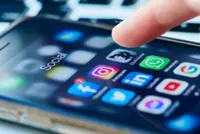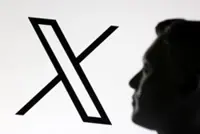Heather Kerstetter is part of a sprawling, diverse online community known as #DisabilityTwitter that provides people with disabilities a forum for dialogue, advice, and advocacy. — The Philadelphia Inquirer/TNS
PHILADELPHIA: Fear of Covid-19 never ended for Heather Kerstetter.
She rarely leaves her home near Temple University for anything other than doctors’ appointments. Spinal muscular atrophy puts the 33-year-old at grave risk from respiratory infections, and even a cold can send her in the hospital with pneumonia for weeks. Covid could kill her.





